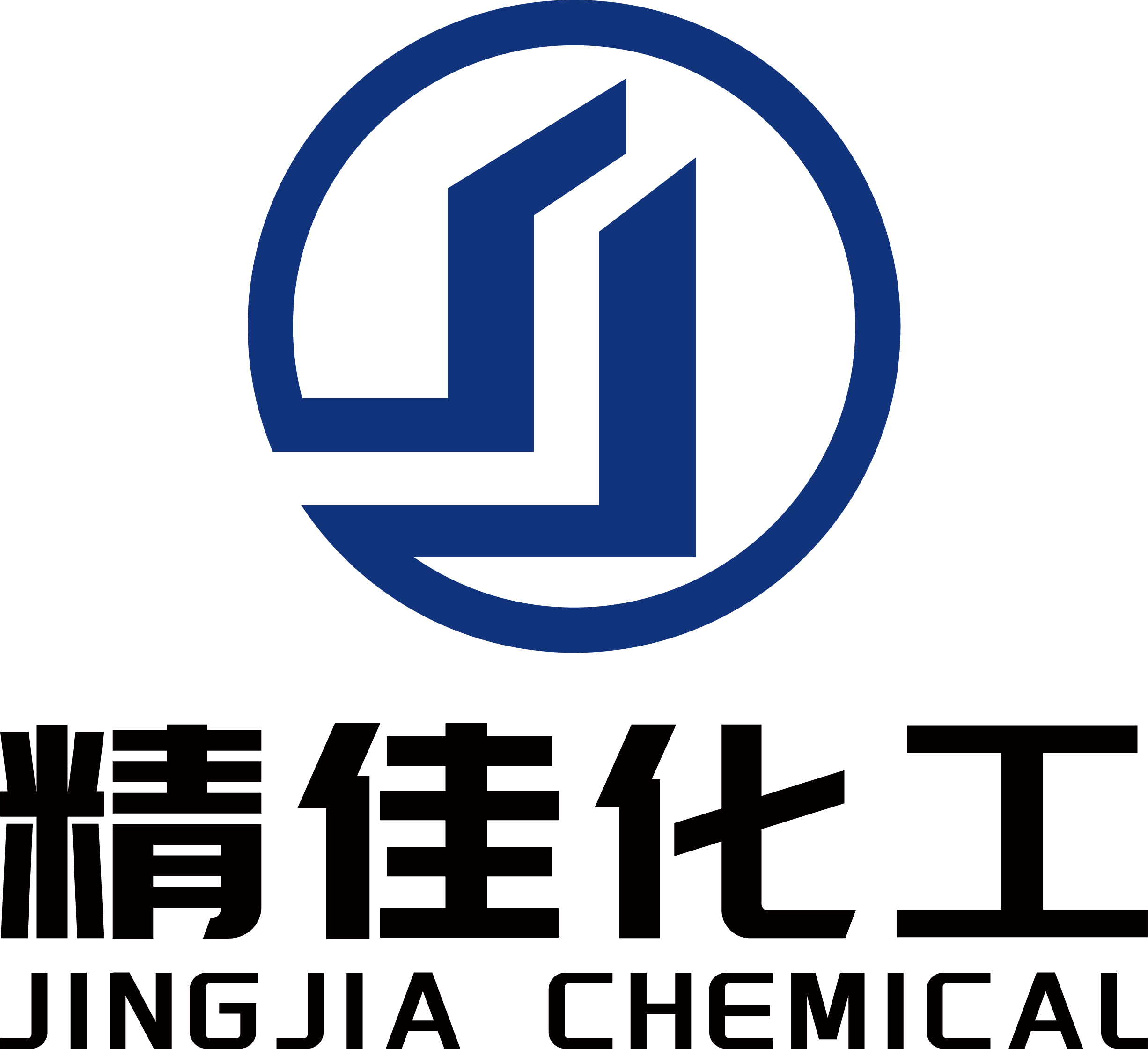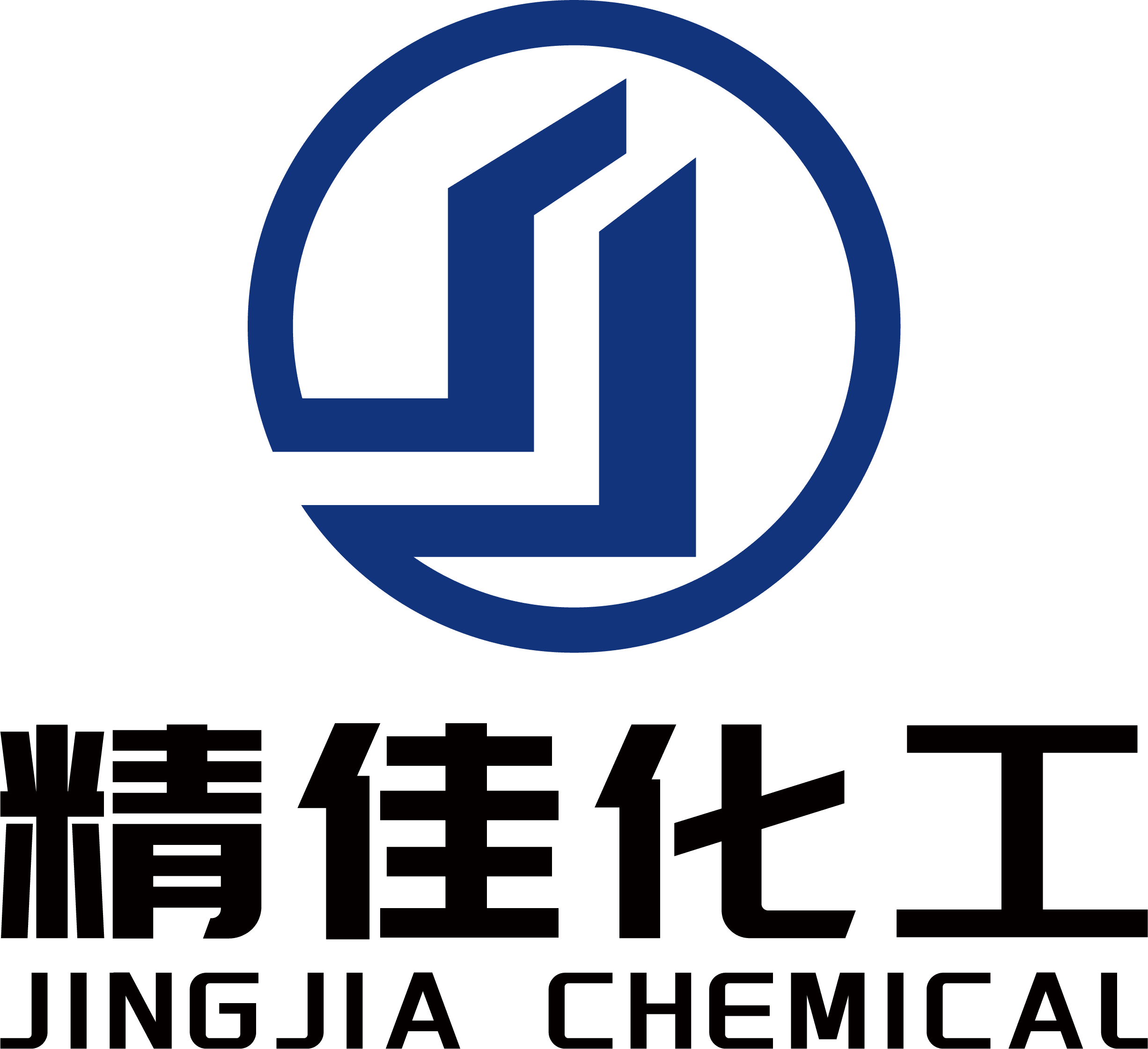Reactor vessels (such as reaction kettles, autoclaves, etc.) are critical equipment in industries like chemicals, pharmaceuticals, and food processing. Their design and operation directly impact production efficiency and safety. Below is a detailed analysis of reactor vessel usage, covering operational procedures, safety protocols, maintenance essentials, and industry applications:
I. Main Types and Structures of Reactor Vessels
Common Types
Atmospheric Reactors: Open structure, suitable for low-boiling-point, non-hazardous materials (e.g., food fermentation).
High-Pressure Reactors: Withstand up to 30 MPa, equipped with safety valves and rupture discs for polymerization (e.g., polyethylene production).
Magnetic Drive Reactors: Seal-free design prevents leaks, ideal for toxic or flammable media (e.g., hydrogenation reactions).
Glass-Lined Reactors: Acid/alkali-resistant inner lining (e.g., sulfonation reactions in sulfuric acid production).
Core Components
Vessel Body: Material selection depends on process requirements (e.g., 316L stainless steel for chloride resistance, Hastelloy for high-temperature acids).
Agitation System: Impeller types (paddle, anchor, turbine) suit varying fluid viscosities (e.g., frame stirrers for high-viscosity resins).
Heating/Cooling Jacket: Steam or thermal oil circulation for temperature control (±1°C accuracy).
Instrumentation: Pressure transducers, thermocouples, and pH meters for real-time monitoring.
II. Operational Procedures and Key Technical Points
Pre-Operation Preparation
Leak Testing: Pressurize with nitrogen to 1.25× working pressure; hold for 30 minutes with zero leakage.
Cleaning Validation: Ensure cross-contamination prevention (pharmaceutical GMP standards: residuals <10 ppm).
Inert Gas Purging: For flammable reactions, purge with nitrogen until oxygen content <2%.
Process Control
Temperature Management:
Gradual heating for exothermic reactions (e.g., nitration controlled below 50°C initially).
PID algorithms for automated steam/coolant flow adjustment.
Pressure Control:
Pressure relief valves activate at 90% of design pressure (e.g., polymerization reactions).
Agitation Optimization:
Reduce speed for high-viscosity materials to prevent motor overload (e.g., silicone rubber synthesis at <60 rpm).
Discharge and Post-Processing
Vacuum Filtration: Transfer crystallized products via bottom valves.
CIP (Clean-in-Place): Circulate 80°C alkaline solution for automated cleaning.
III. Safety Protocols and Accident Prevention
Top Safety Rules
Strictly prohibit overpressure/over-temperature operation (e.g., 10 MPa design limit capped at 8 MPa).
Never dismantle bolts or instruments under pressure.
Activate emergency cooling within 10 seconds for abnormal reactions.
Case Studies and Lessons Learned
Case 1: Stirrer jam caused localized overheating and explosion.
Solution: Install torque sensors for real-time resistance monitoring.
Case 2: Glass lining cracked due to rapid temperature change (>120°C/h).
Solution: Limit heating/cooling rates to <50°C/h.
IV. Maintenance and Lifespan Extension
Routine Maintenance
Mechanical Seal Inspection: Check leakage every 500 hours (allowable <5 drops/minute).
Lubrication: Apply high-temperature lithium grease to bearings every 3 months.
Corrosion Repair: Annual inspection of inner wall thickness (replace if corrosion >1 mm).
Overhaul Cycles
Full inspection every 3 years (e.g., ultrasonic thickness testing, magnetic particle inspection).
Replace agitator blades if cracks or deformation >2 mm occur.
V. Industry Applications
Pharmaceuticals:
Multi-Functional Reactors: Perform dissolution, reaction, and crystallization in one vessel (e.g., “one-pot” antibiotic synthesis).
Sterile Systems: Electropolished 316L surfaces (Ra ≤0.4 μm) meet FDA sterility standards.
New Energy Materials:
High-Pressure Hydrogenation Reactors: Synthesize lithium battery cathode precursors (e.g., NCM ternary materials under 5 MPa H₂).
Environmental Protection:
Supercritical Water Oxidation Reactors: Degrade organic wastewater at 400°C/25 MPa into CO₂ and H₂O.
VI. Smart Upgrades
Digital Twin Systems:
Simulate fluid dynamics to optimize agitation (15% energy reduction achieved).
AI-Powered Diagnostics:
Predict bearing failure via vibration analysis (>85% accuracy).
Energy-Efficient Designs:
Microwave heating replaces jackets, tripling heating speed and cutting energy use by 40%.
Conclusion
Efficient reactor vessel operation demands both technical expertise and meticulous attention to detail—from stoichiometric calculations to emergency protocols. Each step could trigger a “butterfly effect” in production. With advances in smart sensors and materials, future reactors will evolve into transparent, self-optimizing units, epitomizing the shift from experience-driven to data-driven chemical engineering.
This translation preserves technical accuracy while ensuring readability. Let me know if further refinements are needed!











